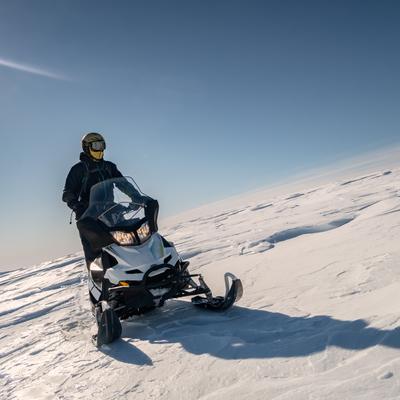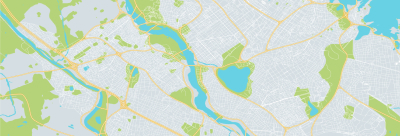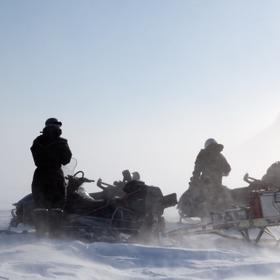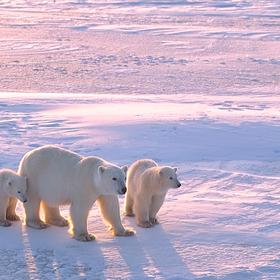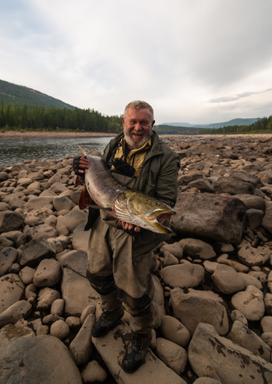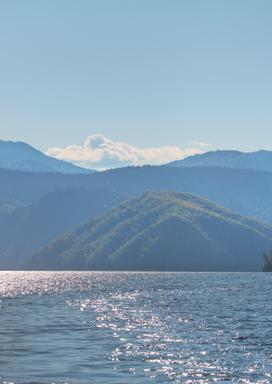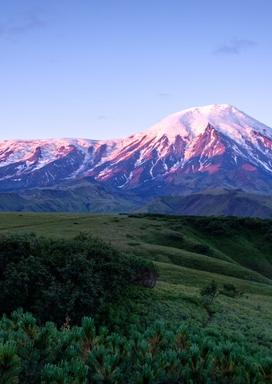During the expedition, the movement takes 9-12 hours of daylight, the planned daytime crossing is 70-80 km, depending on the ice and weather conditions.
Setting up a camp on the ice, spending the night in Arctic tents and sleeping bags.
Hot breakfast and dinner, snacks on the way.
Daily briefing of the team, keeping an expedition diary and photo report.
Evening control communication with the expedition headquarters, monitoring of the ice situation, correction of advance coordinates and location.
Moving along the route on the ice along the coast of the Arctic Ocean in the border of Russia.
Novosibirsk Islands (Yakut. Sa Sibir arylara) is an archipelago belonging to Russia in the Arctic Ocean between the Laptev Sea and the East Siberian Sea, administratively belongs to Yakutia (Bulunsky Ulus). The area is 38.4 thousand square kilometers. They are part of the protected area of the Ust-Lensky State Nature Reserve.
Planned places to visit during the expedition (the route can be specified during the progress of the expedition):
- Movement along the route from Tiksi to Stolbovoy Island (the route length is 300 km). Stolbovoy Island (formerly Krestovsky Island) is an island in the southwestern part of the archipelago, first described in 1690 by Maxim Mukhoplev, Boyarsky's son.
- Kotelny Island is the largest island in the archipelago of the Novosibirsk Islands. It was opened in 1773 by the Russian merchant Ivan Lyakhov. Grave Russians Dr. Herman Eduardovich Walter, a member of the Russian Polar expedition (1900-1902) under the leadership of Eduard Toll, is located on the island.
- Russian graves On Kotelny Island there is a radial exit to the grave of Herman Eduardovich Walter, a famous traveler and member of the Russian Polar Expedition (1900-1902) under the leadership of Eduard Toll.
- Travel along the route: Kotelny Island — Bunge Strait — Bolshoy Lyakhovsky Island. Bolshoy Lyakhovsky is the largest island in the Lyakhovsky Islands group of the Novosibirsk Archipelago. For the first time, this island was reached and explored by Russian Cossacks led by Yakov Permyakov and Mercury Vagin in 1712. In 2015, six mammoths were found on Bolshoy Lyakhovsky Island, the skin of one of them can be used to clone a mammoth as part of the Mammoth Renaissance project.


